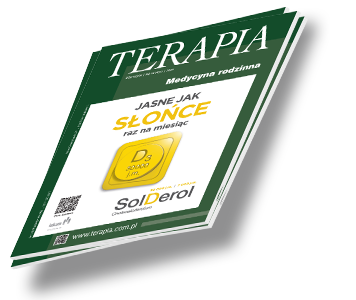Medycyna bólu Terapia 2019, 7 ( 378 ) : 80 - 86
Integracyjna medycyna bólu u chorych na nowotwór
Integrative pain medicine in cancer patients
Medycyna integracyjna (MI) polega na połączeniu wszelkich dostępnych i odpowiednio udokumentowanych strategii terapeutycznych, potencjalnie korzystnych dla pacjenta. W praktyce klinicznej polega to na stosowaniu metod medycyny konwencjonalnej, alopatycznej (tzw. zachodniej) w połączeniu z technikami medycyny komplementarnej i alternatywnej (complementary alternative medicine, CAM), co ma na celu poprawę skuteczności leczenia schorzeń przewlekłych. Idea medycyny integracyjnej jest coraz bardziej popularna zarówno wśród pacjentów, jak też systemów ochrony zdrowia, gdyż korzyści z takiego postępowania są dla pacjentów oczywiste i znaczące, tak w leczeniu, jak i w utrzymaniu ogólnie pojętego dobrego samopoczucia (well-being). Założeniem medycyny integracyjnej jest teoria głosząca, iż ciało i duch są współzależne, a stan ich równowagi warunkuje zdrowie i dobre samopoczucie (1,2).

Zaloguj się i przeczytaj bezpłatnie całą treść artykułu.
Nie masz jeszcze konta dostępowego?
Zarejestruj się bezpłatnie, a otrzymasz:
* dostęp do wszystkich doniesień oraz pełnych tekstów artykułów naukowych w naszej Czytelni,
* prawo do bezpłatnego otrzymywania newslettera "Aktualności TERAPIA" z przeglądem interesujących i przydatnych wiadomości ze świata medycyny oraz systemu ochrony zdrowia w Polsce i na świecie,
* możliwość komentowania bieżących wydarzeń oraz udziału w ciekawych quizach i konkursach.
Zapraszamy serdecznie, dołącz do naszej społeczności.



Dodaj komentarz